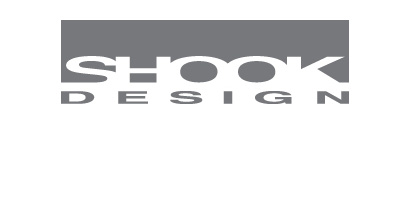 Napoleon enjoys a well earned "fantasy" after completing the "packing" of the hot clay over the entire center body surface. Only the two front fenders remain for "packing". He used gloves because the clay is 160 degrees and can blister your hands if left there for more than a few seconds. After the clay cools, it will be very hard for final surfacing and eventual mold making.
Napoleon enjoys a well earned "fantasy" after completing the "packing" of the hot clay over the entire center body surface. Only the two front fenders remain for "packing". He used gloves because the clay is 160 degrees and can blister your hands if left there for more than a few seconds. After the clay cools, it will be very hard for final surfacing and eventual mold making.Monday, March 31, 2008
Continuing the clay surfacing
 Napoleon enjoys a well earned "fantasy" after completing the "packing" of the hot clay over the entire center body surface. Only the two front fenders remain for "packing". He used gloves because the clay is 160 degrees and can blister your hands if left there for more than a few seconds. After the clay cools, it will be very hard for final surfacing and eventual mold making.
Napoleon enjoys a well earned "fantasy" after completing the "packing" of the hot clay over the entire center body surface. Only the two front fenders remain for "packing". He used gloves because the clay is 160 degrees and can blister your hands if left there for more than a few seconds. After the clay cools, it will be very hard for final surfacing and eventual mold making.Sunday, March 23, 2008
Applying the Surfacing Clay
 In this image, Jim is shaping the clay using a piece of spring steel that has small teeth cut into one edge. Previous to this, he roughed out the surface using a tool called a "rake" that looks a bit like a garden rake. It too is a piece of steel with teeth in it, but it is attached to a handle and is used for the initial quick cutting and shaping of the clay. It is easier to do the initial shaping of the clay while it is still a little warm. After the clay has cooled off completely, it becomes quite hard and is more difficult to shape.
In this image, Jim is shaping the clay using a piece of spring steel that has small teeth cut into one edge. Previous to this, he roughed out the surface using a tool called a "rake" that looks a bit like a garden rake. It too is a piece of steel with teeth in it, but it is attached to a handle and is used for the initial quick cutting and shaping of the clay. It is easier to do the initial shaping of the clay while it is still a little warm. After the clay has cooled off completely, it becomes quite hard and is more difficult to shape. In this photo, Matt Briggs is putting billets of clay into the clay oven to heat it so that it will be soft enough to apply over the blue foam. The wood and foam structure upon which the clay is applied is called the "clay buck".
In this photo, Matt Briggs is putting billets of clay into the clay oven to heat it so that it will be soft enough to apply over the blue foam. The wood and foam structure upon which the clay is applied is called the "clay buck".The Clay we are using was donated by Mitsubishi Motors thanks to arrangements made by Raymond Chan (a student at the Academy of Art University who interned at Mitsubishi last summer) and supported by the Academy based on the fact that several students will gain valuable experience helping to build the full size clay model.
This clay is the same clay used by the car companies for making body models. It is first heated in an oven to 160 degrees to make it soft for application to the foam. As it starts to cool, it will become more firm and hard and then can be formed using specialized clay modeling tools. When fully cooled, the clay surface becomes quite hard.
Eventually, we will be making fiberglass molds from the clay surfaces. Then we will be making fiberglass parts in these molds.
Priming the foam before applying the clay
Preparing the foam for application of clay surface
Wednesday, March 19, 2008
Monday, March 10, 2008
Progress in February
As you can see from these pictures, we have been busy working on the concept car. On the chassis, developments have been made on the front suspension geometry and we are currently awaiting a new steering rack that will fit where the lefthand drive component from the old MR2 did not.
On the body, the foam has been shaped and is almost ready for clay. Edges and certain details still need to be finished first.


On the body, the foam has been shaped and is almost ready for clay. Edges and certain details still need to be finished first.


Subscribe to:
Posts (Atom)









